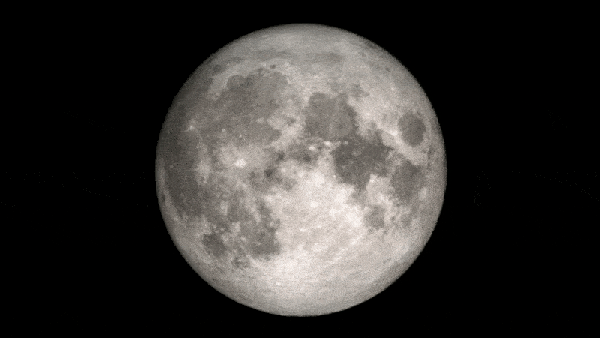How to See the Lunar Far Side Right Here on Earth
Perspective and subtle motion allows us to peek over the moon’s edge and into its far side
The moon’s appearance changes throughout the month—not only via its well-known cycling through phases, but also in a subtle wobble called libration that brings a small fraction of its far side into view from Earth.
NASA’s Scientific Visualization Studio
In my most recent article for Scientific American, I may have lied to you.
In my defense, I didn’t so much lie as maybe oversimplify a tiny bit. I wrote that because of the effects of the tidal force from Earth, “the moon always shows one face to Earth.” That turns out to be only mostly true. We actually see more like 59 percent of the moon’s total surface from Earth, not strictly half, as you might expect. What I didn’t get into last week was the slow rocking and nodding motion our satellite makes with respect to Earth, which together we call libration. (That shouldn’t be confused with libations, which can cause similar motions in people.)
As I explained in that article, the moon spins once for every one time it orbits Earth. This is the outcome of the inexorable force of our planet’s gravity, which has slowed the moon’s spin and moved our satellite farther and farther from Earth until both angular rates matched. (We sometimes call this spin-orbit resonance, if you want to get technical.)
On supporting science journalism
If you’re enjoying this article, consider supporting our award-winning journalism by subscribing. By purchasing a subscription you are helping to ensure the future of impactful stories about the discoveries and ideas shaping our world today.
Some people have a misconception that the moon doesn’t spin at all, but this is easily debunked: Take a spherical object such as an orange and place it on a table—this will be our model moon—and put some small object near it to represent Earth. Now move the orange around the other object….
Read the full article here


